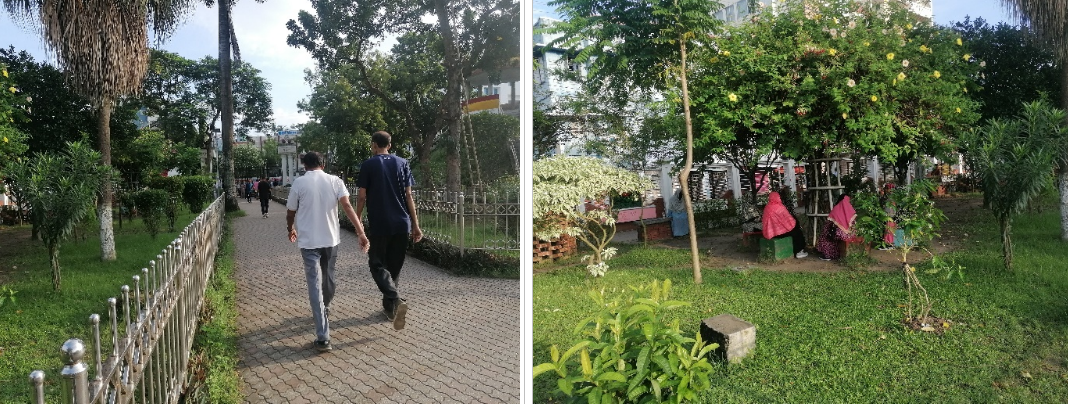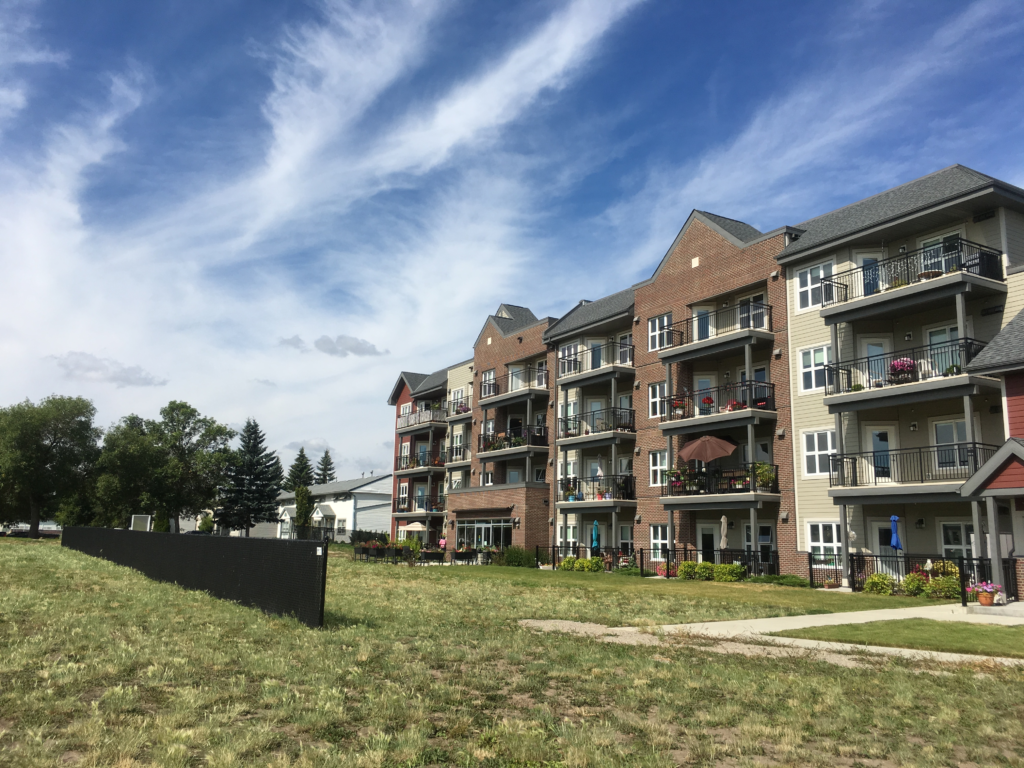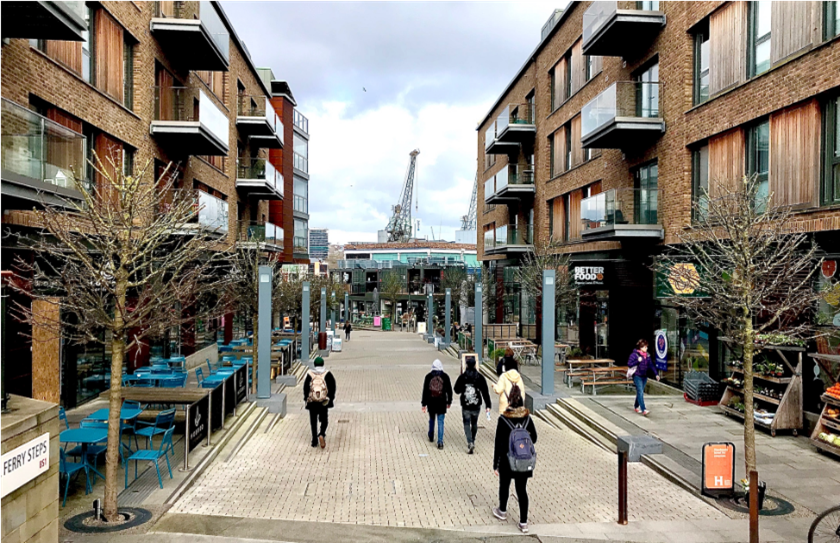City Know-hows

Public open spaces (e.g., parks, sports fields) are important for people to be physically active. However, previous studies, mostly conducted in Western countries, show that people are predominantly sedentary in such spaces. We found that public open space users were more active in Asia, suggesting a potential contribution of such spaces to people’s health.
Share
Target audience
Urban planners, park managers, health advocates
The problem
We know from existing studies that people spend most of time sitting in public open spaces in Western countries. However, there are just a few studies on public open space use carried out in Asian countries.
What we did and why
We conducted an on-site intercept survey in 10 public open spaces in Bangladesh and the Philippines. We collected data from 804 adult participants who reported the duration of active use (walking, running, sports) and sedentary use (sitting, standing) while they were in public open spaces.
Our study’s contribution
We found that participants on average spent about 70% of the time in public open spaces being active, while 30% was spent being sedentary. The proportion of active use is much higher than that reported in studies from Western countries but similar to that reported in China and Thailand. We also found that women and older adults were less likely to be active compared to their counterparts.
Impacts for city policy and practice
The findings of this study suggest that public open spaces in Asian countries can contribute to public health through promoting physical activity. Public health initiatives to encourage more people to visit public open spaces and environmental initiatives to create more open spaces can help to increase physical activity in these countries.
Further information
Full research article:
Active and sedentary use of public open spaces in Asian countries by Takemi Sugiyama, Masaaki Sugiyama, Elizabeth Carig, Dyanika Nolasco, Walid Hossain, Abdus Subhan Mollick and Tapan Kumar Nath.
Related posts

Our ‘adaptive bubble strategy’ illustrates how older adults protect themselves from virus transmission and maintain healthy living activities and psychological wellbeing with the support of the built environment during COVID-19.

This paper investigates how the project development of Wapping Wharf in Bristol impacted the dwellers’ well-being. It finds that the relationship between urban placemaking and dwellers’ wellbeing is not just constitutive, but also mutually reinforcing.

Urban environments in many cities, both those found in Mexico and many other countries, can be called obesogenic – they are prone to promote obesity. Relevant factors are that they foster sedentary behaviour, poor dietary choices, and elevated stress levels; thus contributing to higher obesity rates. Urban planning, design, and practices offer opportunities for upstream public health interventions to mitigate these negative health impacts. These findings are especially relevant given the role of neighbourhood environments in encouraging children’s physical activity and reducing obesity.